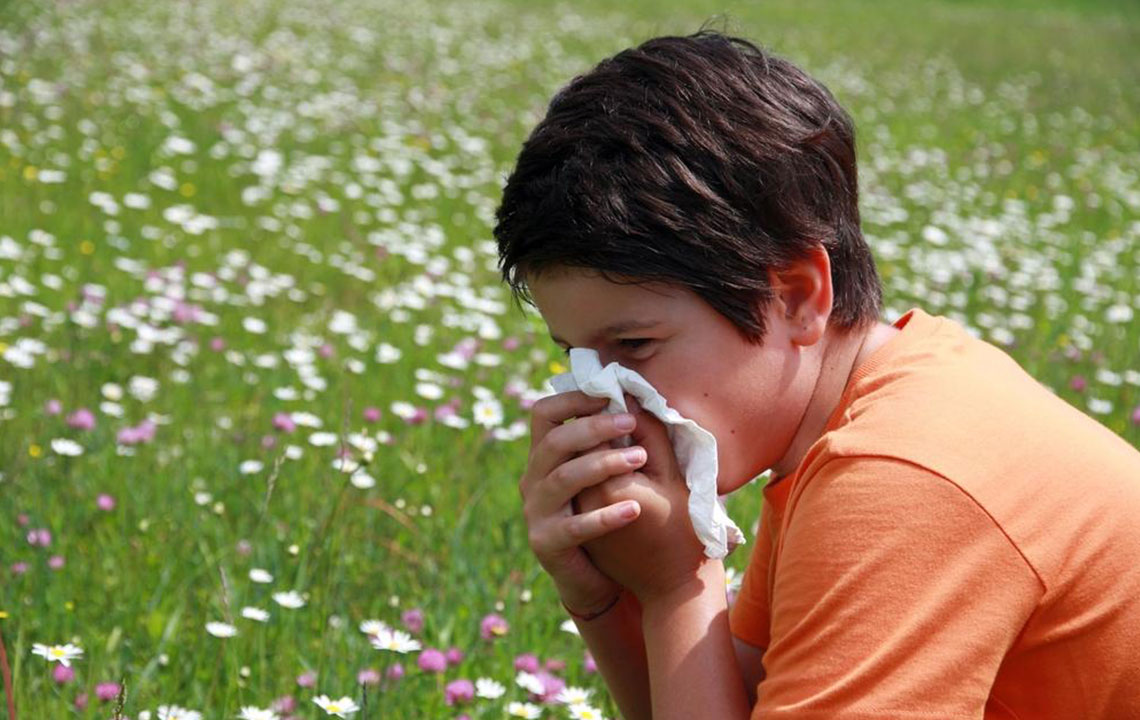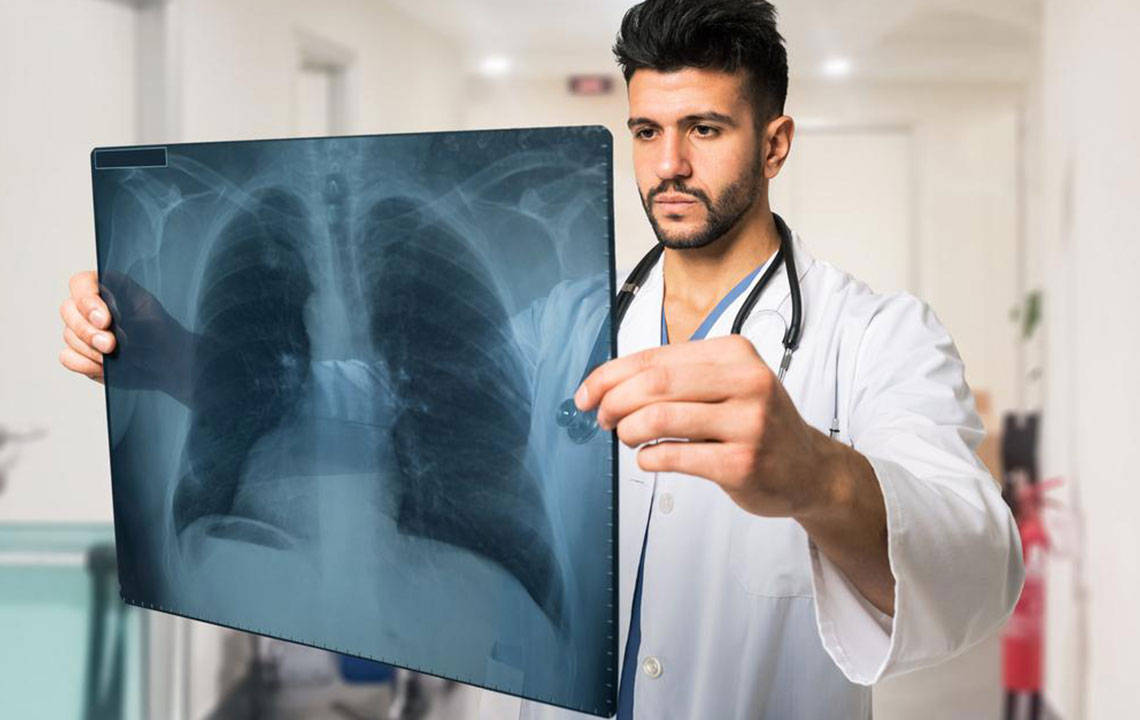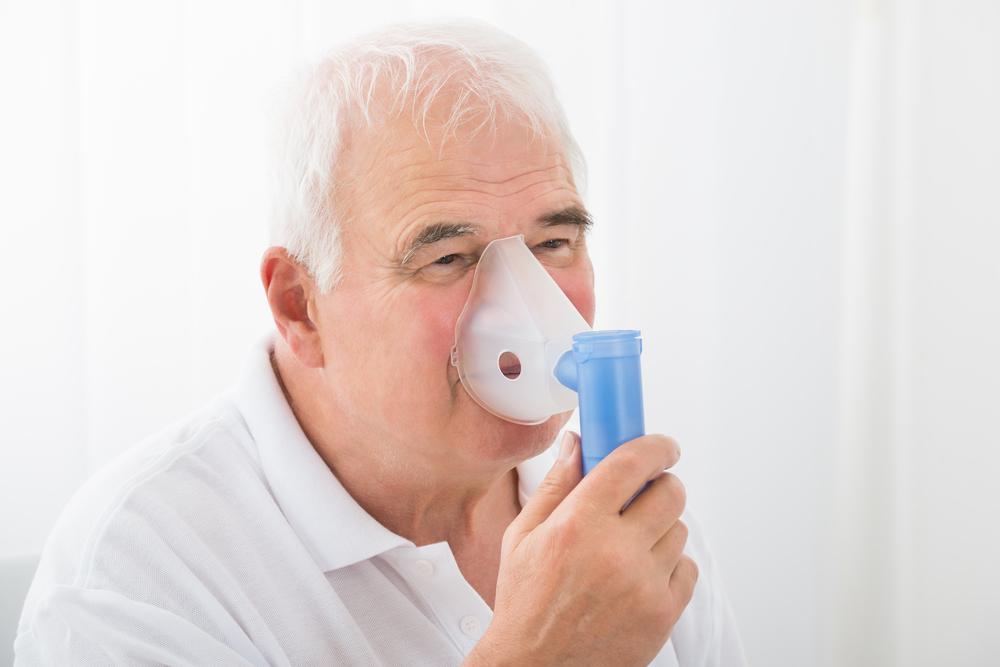Comprehensive Guide to Respiratory Diseases and Tuberculosis: Causes, Treatments, and Prevention
This comprehensive article explores respiratory diseases, focusing on respiratory muscle paralysis and tuberculosis, covering causes, symptoms, modern treatments, and prevention strategies. It emphasizes the importance of vaccination, early detection, and continuous healthcare efforts to combat these serious health issues, highlighting advances in medical technology and public health initiatives.

Comprehensive Guide to Respiratory Diseases and Tuberculosis: Causes, Treatments, and Prevention
The respiratory system, particularly the lungs, is vital for sustaining life by facilitating oxygen intake and carbon dioxide expulsion. However, the lungs are highly susceptible to a wide range of infections and serious health conditions, including various respiratory diseases and cancers. These illnesses can severely impact lung function and overall health, sometimes leading to life-threatening complications. Many respiratory ailments are caused or exacerbated by injuries that disrupt nerve signals from the brain to respiratory muscles. Advances in medical and surgical techniques have significantly improved the management and recovery of patients suffering from such conditions. This comprehensive article explores common respiratory disorders, with a particular focus on tuberculosis, its causes, symptoms, prevention, and control strategies.
Understanding Common Respiratory Disorders
Respiratory disorders encompass a variety of conditions that impair normal lung function. Among these, respiratory muscle paralysis is a critical issue that often results from severe spinal cord injuries. When the spinal cord sustains trauma, especially in the cervical (neck) or thoracic (upper back) regions, it can sever nerve pathways that control the diaphragm and intercostal muscles, which are essential for breathing. The loss of nerve signals leads to paralysis of these muscles, making the individual unable to breathe independently. Such injuries commonly occur due to high-impact incidents like car accidents, falls, or drowning in shallow water while diving. Early surgical intervention, combined with advanced rehabilitation techniques, can aid recovery of some functions, but in many cases, respiratory support becomes necessary.
Neurological Causes of Respiratory Failure
Beyond traumatic injuries, certain viral infections can impair respiratory muscles or the nervous system's control over breathing. Poliomyelitis, caused by the poliovirus, is a notable example. This virus destroys nerve cells in the spinal cord and brainstem, leading to paralysis that often affects the respiratory muscles. Historically, poliomyelitis caused widespread health crises until the development of effective vaccines in the mid-20th century dramatically reduced incidence globally. Today, vaccination campaigns continue to be vital in maintaining eradication status in many regions. However, vaccine coverage gaps persist in some areas, risking resurgence of the disease.
Another critical factor influencing respiratory health involves medications like anesthesia or central nervous system depressants, which can depress respiratory centers in the brain when administered improperly or in high doses. Such effects can cause respiratory failure in vulnerable patients, especially those with pre-existing conditions.
Deep Dive into Tuberculosis (TB): A Persistent Global Threat
Despite significant medical advancements, tuberculosis (TB) remains one of the most persistent and challenging infectious diseases worldwide. TB is caused by the bacteria Mycobacterium tuberculosis, which primarily affects the lungs but can also target other parts of the body such as the bones, kidneys, and nervous system. Its history dates back thousands of years, but it gained particular prominence in Europe and North America during the 18th and 19th centuries, where overcrowded and unsanitary living conditions facilitated its spread.
In 1882, the groundbreaking work of microbiologist Robert Koch identified M. tuberculosis as the causative agent of TB, revolutionizing understanding of the disease and paving the way for diagnostic and preventive measures. The development of the Bacillus Calmette-Guérin (BCG) vaccine and effective antibiotic treatments in the 20th century initially offered hope for eradication. However, TB experienced a resurgence in the 1980s, fueled by factors such as HIV/AIDS-related immunosuppression, increased migration, and drug resistance, prompting the World Health Organization (WHO) to declare TB a global emergency in 1993.
TB primarily spreads through airborne droplets when an infected person coughs or sneezes. Its symptoms can be subtle initially, often including persistent cough, hemoptysis (coughing up blood), fever, night sweats, weight loss, and fatigue. The disease is particularly dangerous in immunocompromised individuals, such as those with HIV/AIDS, malnutrition, or diabetes.
Controlling TB requires a multidisciplinary approach. The cornerstone of prevention is the widespread vaccination with BCG, especially in countries where TB prevalence remains high. Early detection through regular screening, especially among high-risk populations, is vital for reducing transmission. When diagnosed, TB treatment involves a lengthy, multi-drug regimen lasting at least six months, ensuring the complete eradication of bacteria and preventing the development of drug-resistant strains. Adherence to treatment protocols is crucial, and healthcare providers often monitor patients to reduce the risk of relapse or resistance.
Eradication efforts are further supported by improved living standards, nutrition, sanitation, and health education. Increasing awareness about TB, training healthcare workers, and ensuring affordable access to medications are essential measures to combat this disease effectively. Stricter enforcement of treatment protocols and innovations in diagnostic technologies continue to improve the management and control of TB globally.





